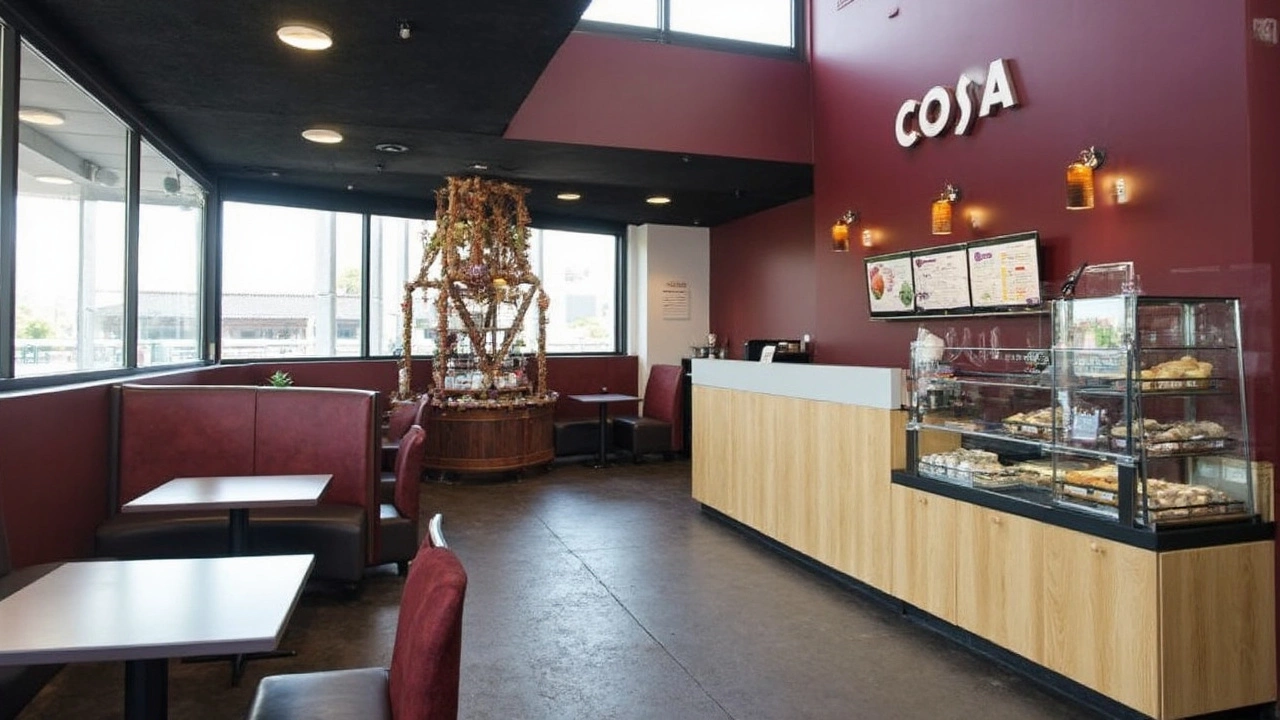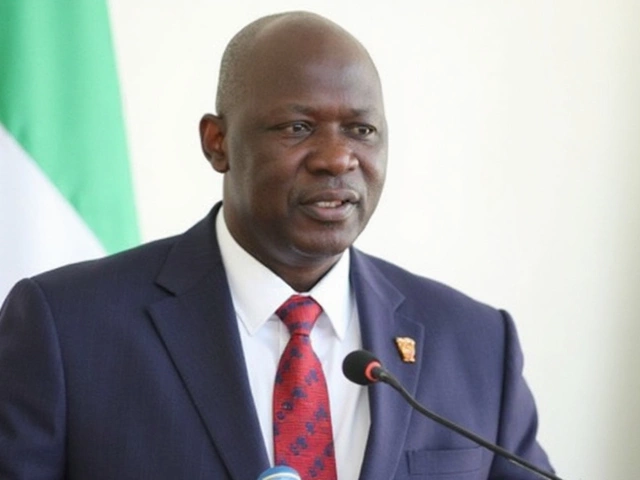Station Improvements: How to Upgrade Your Transit Hub Quickly and Effectively
If you take the train or bus every day, you know how a well‑kept station can make a journey feel smoother. On the flip side, broken elevators, dim lighting, and confusing signs turn a short ride into a hassle. The good news? Most upgrades are simple fixes or small projects that deliver big wins for commuters and operators alike.
Key Areas to Focus On
Accessibility. First‑time riders and people with mobility challenges notice ramps, elevators, and tactile paving the most. Check if stairs have handrails, if elevators are reliable, and if platform edges have clear markings. Adding a few low‑cost features—like a ramp with a gentle slope or a braille sign—can instantly widen your rider base.
Lighting and Safety. Bright, even lighting reduces accidents and makes stations feel safer after dark. Swapping old bulbs for LED fixtures cuts energy use and lasts longer. Pair good lighting with clear CCTV placement and an audible alarm system to deter vandalism.
Digital Information. Real‑time displays of train times, service changes, and platform numbers keep riders informed and less stressed. Even a single screen at the main entrance can cut the number of phone calls to customer service.
Seating and Shelter. Comfortable benches, weather‑proof shelters, and windbreaks turn a waiting period into a brief rest. Use durable materials that resist graffiti and easy‑to‑clean fabrics for a neat look.
Wi‑Fi and Charging. Free Wi‑Fi and USB charging spots are now expected in many stations. A basic hotspot and a few charging stations can increase dwell time and improve overall satisfaction.
Getting Funding and Managing Projects
Most station upgrades need money before they happen. Start by checking local government grants, transit authority budgets, and public‑private partnership options. Many cities offer specific funds for accessibility improvements or green upgrades, so tailor your proposal to match those goals.
When you have a budget, break the project into phases. Begin with low‑cost, high‑impact changes like better signage or LED lighting. Then move to larger works such as installing elevators or building new shelters. Staging work keeps the station open and reduces disruption for riders.
Pick contractors who understand transit environments. Ask for references from other stations they’ve upgraded and make sure they follow safety standards. A clear timeline, regular progress checks, and a communication plan for passengers will keep everyone on the same page.
Finally, ask for rider feedback after each phase. Simple surveys at ticket counters or QR codes on benches let you see what works and where you can improve next. Using real user input not only fine‑tunes the upgrades but also shows the community that their voice matters.
Station improvements don’t have to be massive overhauls. By focusing on accessibility, lighting, digital info, seating, and connectivity, you can create a smoother, safer, and more pleasant experience for everyone. Start with one small change today, keep the momentum, and watch your station become a hub people actually look forward to using.
Kieran Lockhart, Apr, 21 2025
Costa Coffee Launches Modern New Shop at Banbury Station Amid Major Upgrades
Costa Coffee opened a sleek new shop at Banbury Station on December 16, 2024, offering coffee, snacks, and travel essentials. This is part of Chiltern Railways’ broader station upgrades, which include fresh paintwork and new toilets expected by spring 2025. The revamped café aims to enhance the experience for commuters and visitors alike.
View More




